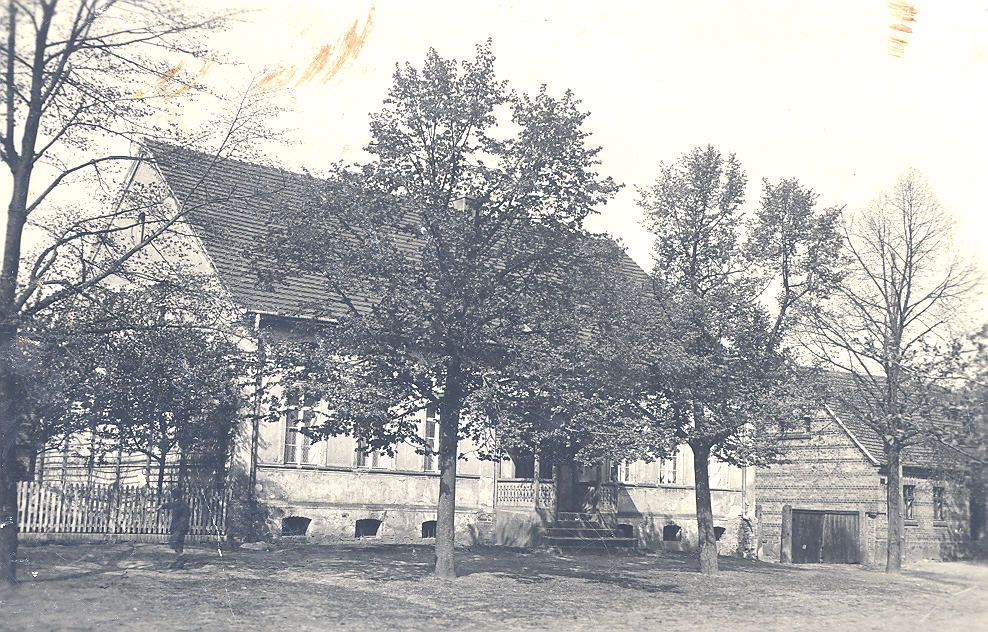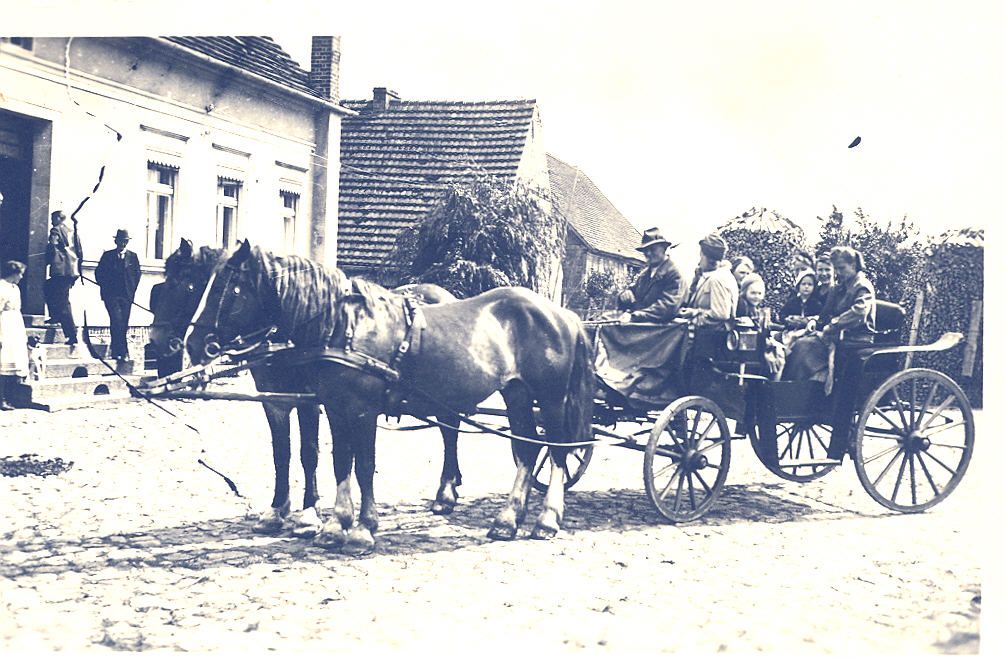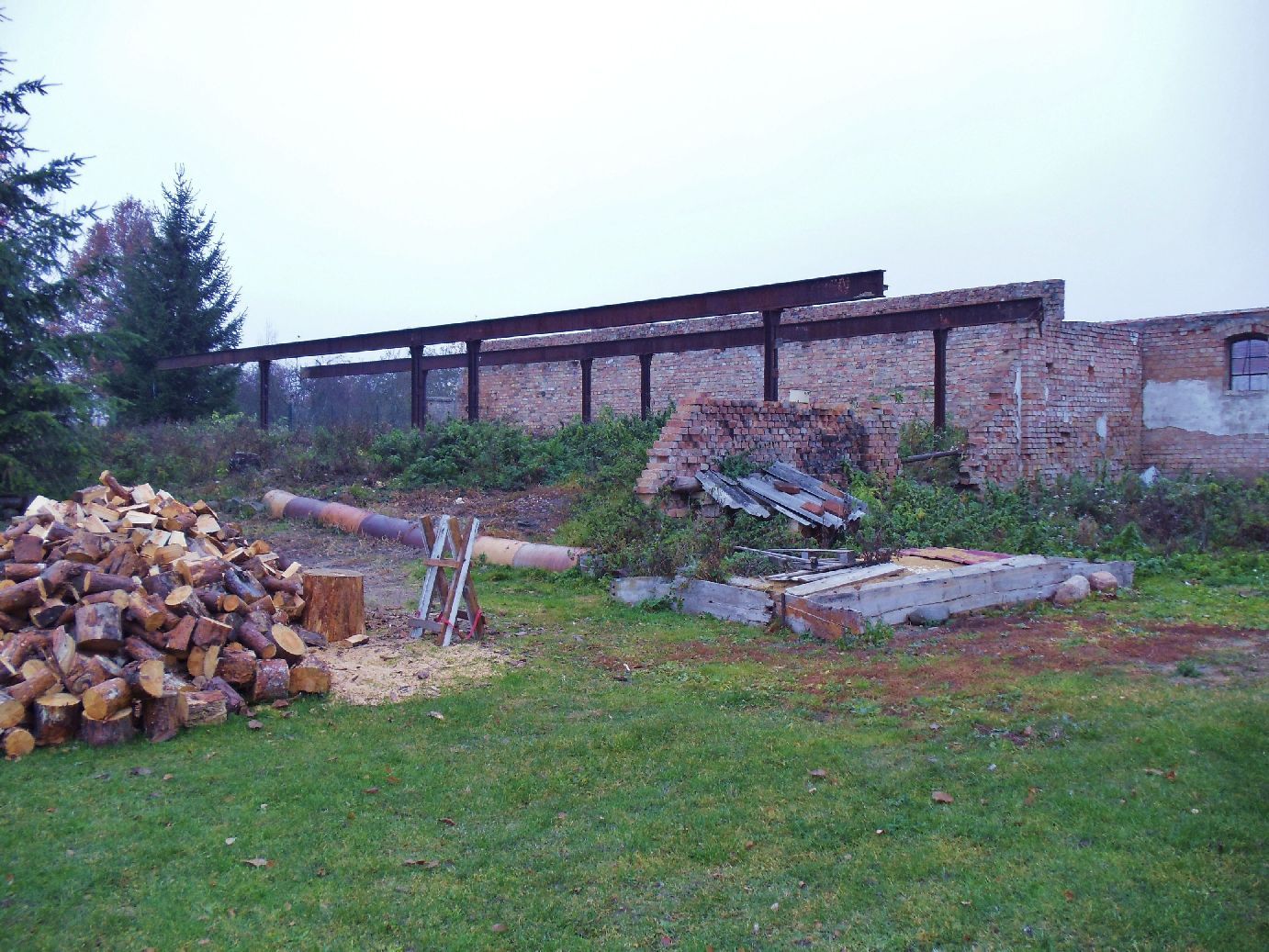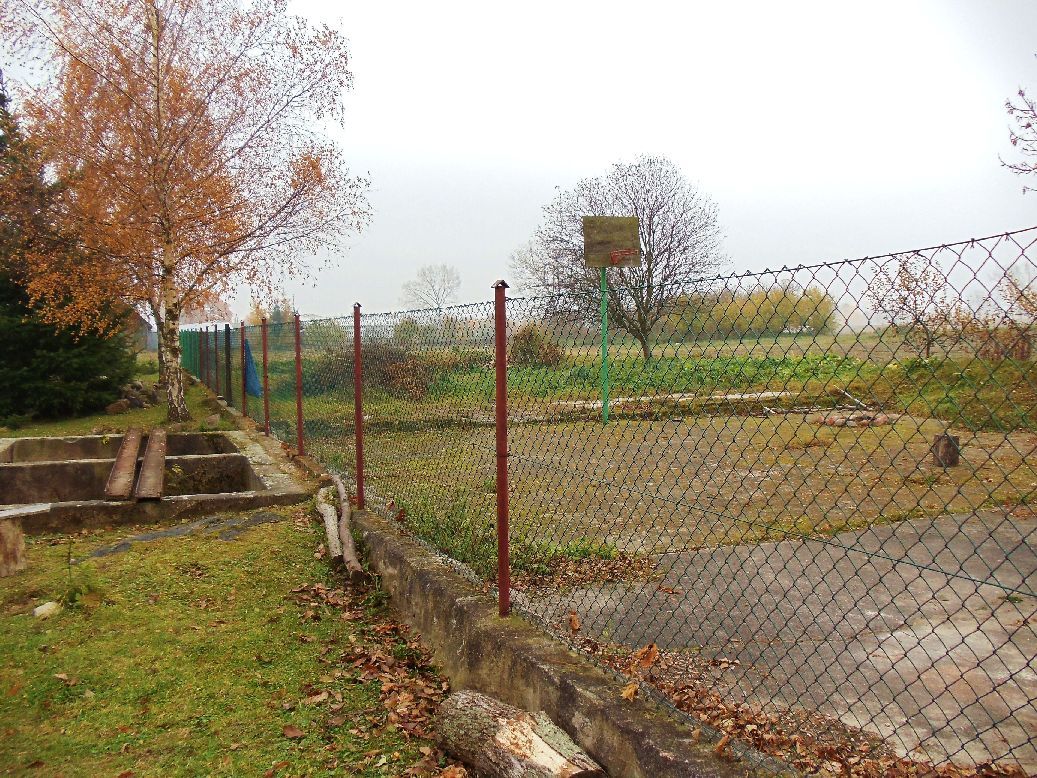Post by Karl Welteke on Jun 21, 2013 18:03:07 GMT 8
Sanssouci Park, Potsdam
Our goal on this day, the 12th April 2013, was to visit Sanssouci Palace and it is covered in another album. The palace is located in the Sanssouci Park, Potsdam, and all of it was the home of the Prussian Kings who became the Kaisers of the Second German Reich which ended thru the First World War and that lead to WWII. This set of 20 images is about the park:
www.flickr.com/photos/44567569@N00/sets/72157634240595729/
Here are some sample images:
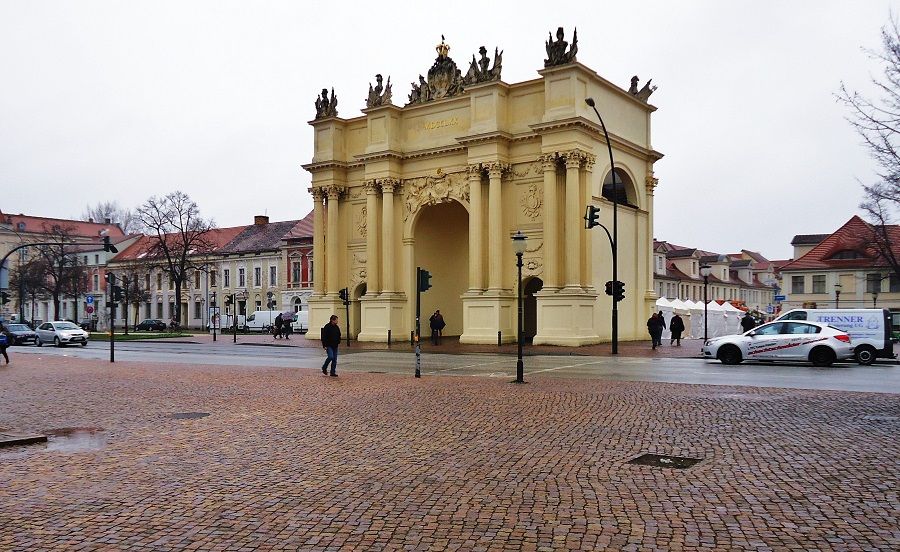
01- The original Brandenburg Gate in Potsdam, west of Berlin. Don’t confuse it with the one in Berlin. This one was erected after the 7 year war around 1763 to celebrate the victory over Austria, France and Russia by Frederick the Great. We parked near by. This was new to me, I didn’t know about this gate.

02-This map shows our walking route and where things are in the park. The Brandenburg gate is also indicated.

03-The New Chambers and the windmill, shot from our walk down the main walkway. We believe that wooden structure at left is covering a stature. We couldn’t figure out why some statures were covered and others not.

04-A look towards the right and we are looking at the Oangerie Palace built by the Prussian King Wilhelm the IV.

05-19-The -New Palace-. The building of the palace commenced at the end of the Seven Years’ War, to celebrate Prussia’s success. The war is also variably referred to as the Third Silesian War, owing to the dispute over Silesia. In an architectural form, Frederick the Great sought to demonstrate the power and glories of Prussia attributing it as fanfaronade, an excess of splendor in marble, stone and gilt.
For the King, the New Palace was not a principal residence, but a display for the reception of important royals and dignitaries. Of the over 200 rooms, four principal gathering rooms and a theater were available for royal functions, balls and state occasions. During his occasional stays at the palace, Frederick occupied a suite of rooms at the southern end of the building, composed of two antechambers, a study, a concert room, a dining salon and a bedroom, among others. (This is a Wikipedia description)

06- This picture is from Wikipedia Commons, Photo-Wolfgang Pehleman. Aerial view of the Sanssouci Park, New Palace, Orangerie Palace and Sanssouci Palace

07-This image is also from Wikipedia Commons and it shows the Sanssouci Peace Church. We seen this tower at the entrance where we entered but didn’t go and look at it closer
Note: 1
Here is the Wikipedia URL for the Sanssouci Park, fast short and interesting:
en.wikipedia.org/wiki/Sanssouci_Park
Note:2
Thanks okla for your kind words, enjoy summer started today!
Our goal on this day, the 12th April 2013, was to visit Sanssouci Palace and it is covered in another album. The palace is located in the Sanssouci Park, Potsdam, and all of it was the home of the Prussian Kings who became the Kaisers of the Second German Reich which ended thru the First World War and that lead to WWII. This set of 20 images is about the park:
www.flickr.com/photos/44567569@N00/sets/72157634240595729/
Here are some sample images:

01- The original Brandenburg Gate in Potsdam, west of Berlin. Don’t confuse it with the one in Berlin. This one was erected after the 7 year war around 1763 to celebrate the victory over Austria, France and Russia by Frederick the Great. We parked near by. This was new to me, I didn’t know about this gate.

02-This map shows our walking route and where things are in the park. The Brandenburg gate is also indicated.

03-The New Chambers and the windmill, shot from our walk down the main walkway. We believe that wooden structure at left is covering a stature. We couldn’t figure out why some statures were covered and others not.

04-A look towards the right and we are looking at the Oangerie Palace built by the Prussian King Wilhelm the IV.

05-19-The -New Palace-. The building of the palace commenced at the end of the Seven Years’ War, to celebrate Prussia’s success. The war is also variably referred to as the Third Silesian War, owing to the dispute over Silesia. In an architectural form, Frederick the Great sought to demonstrate the power and glories of Prussia attributing it as fanfaronade, an excess of splendor in marble, stone and gilt.
For the King, the New Palace was not a principal residence, but a display for the reception of important royals and dignitaries. Of the over 200 rooms, four principal gathering rooms and a theater were available for royal functions, balls and state occasions. During his occasional stays at the palace, Frederick occupied a suite of rooms at the southern end of the building, composed of two antechambers, a study, a concert room, a dining salon and a bedroom, among others. (This is a Wikipedia description)

06- This picture is from Wikipedia Commons, Photo-Wolfgang Pehleman. Aerial view of the Sanssouci Park, New Palace, Orangerie Palace and Sanssouci Palace

07-This image is also from Wikipedia Commons and it shows the Sanssouci Peace Church. We seen this tower at the entrance where we entered but didn’t go and look at it closer
Note: 1
Here is the Wikipedia URL for the Sanssouci Park, fast short and interesting:
en.wikipedia.org/wiki/Sanssouci_Park
Note:2
Thanks okla for your kind words, enjoy summer started today!













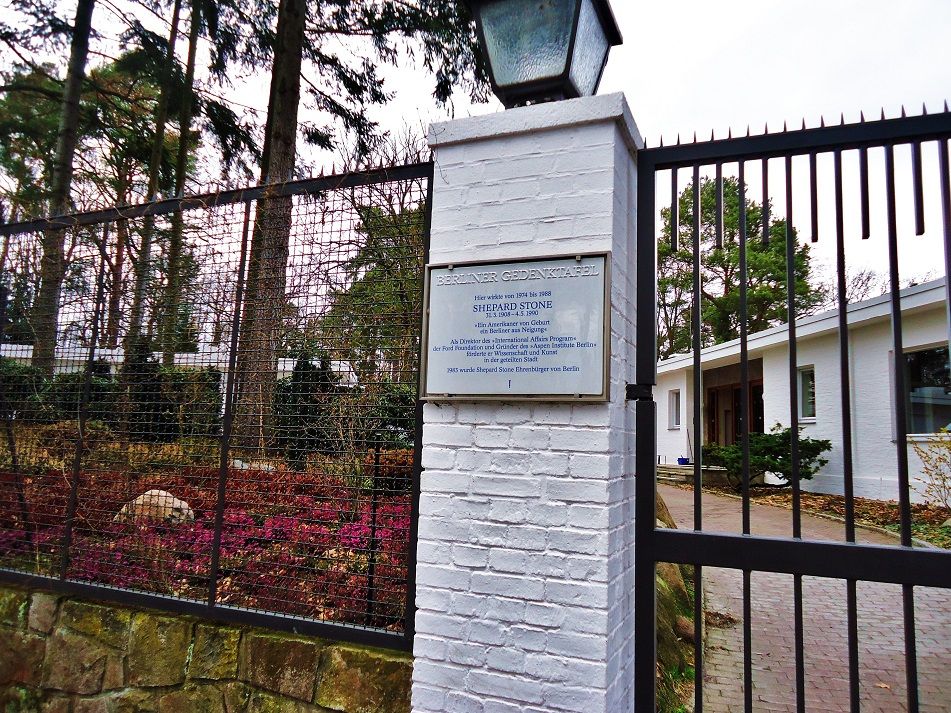
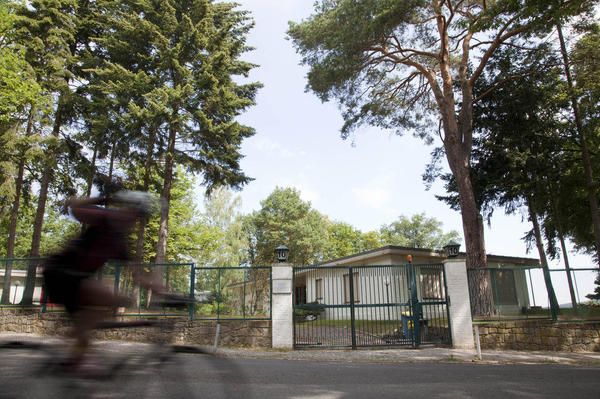












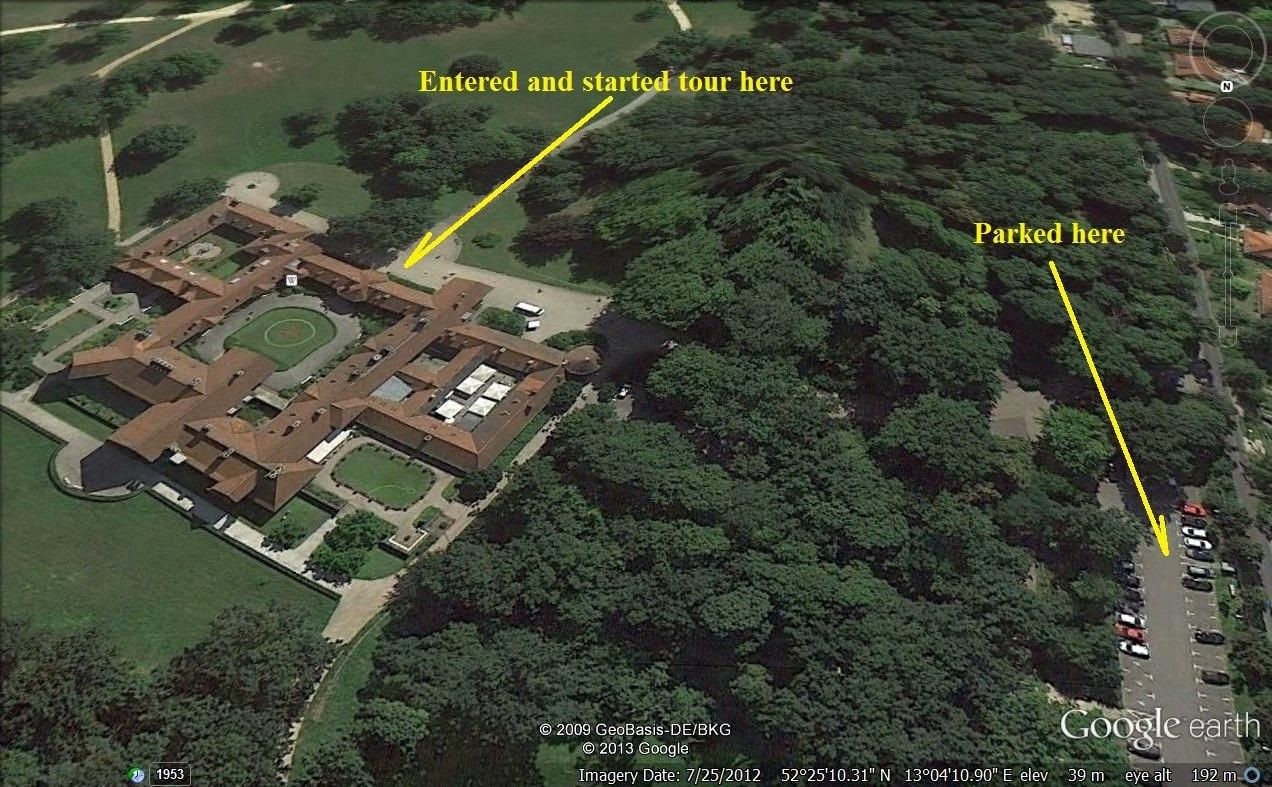











 Maybe you mentioned it in your narrative. If so, I overlooked it. I would think if you did get the chance to visit the site (wouldn't this be in Poland since the "new" border is the Oder River???) of your "roots" that it would have been a very moving experience for you, even if you have no memory of the locale. Cheers.
Maybe you mentioned it in your narrative. If so, I overlooked it. I would think if you did get the chance to visit the site (wouldn't this be in Poland since the "new" border is the Oder River???) of your "roots" that it would have been a very moving experience for you, even if you have no memory of the locale. Cheers.
